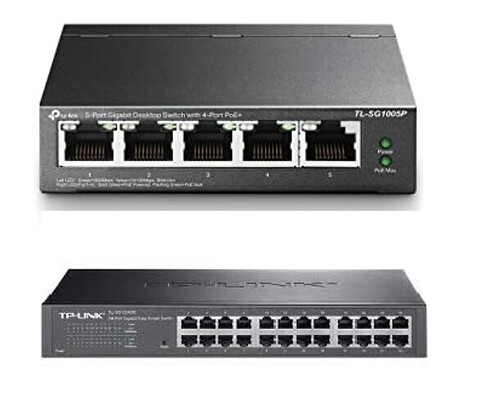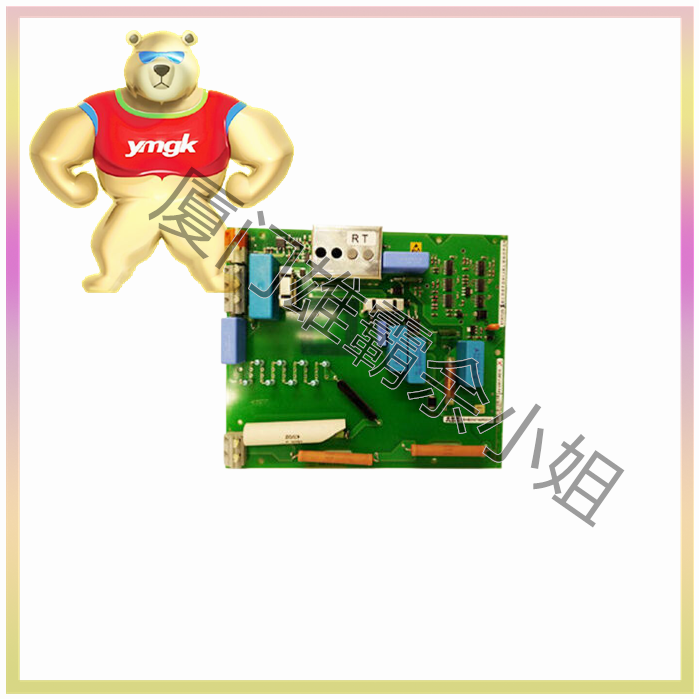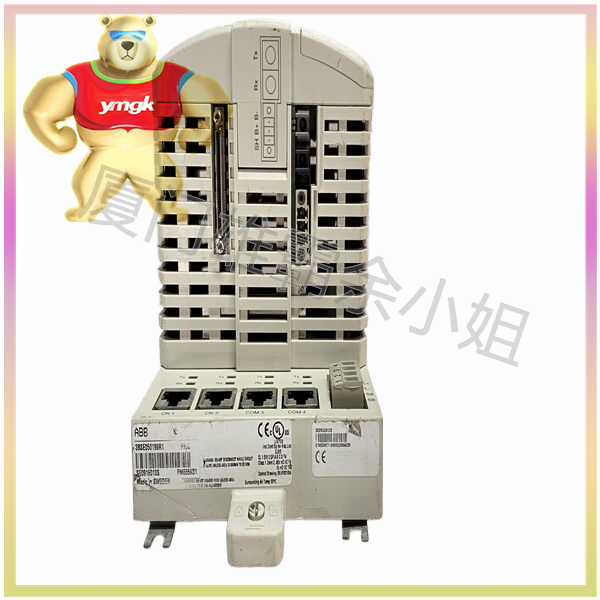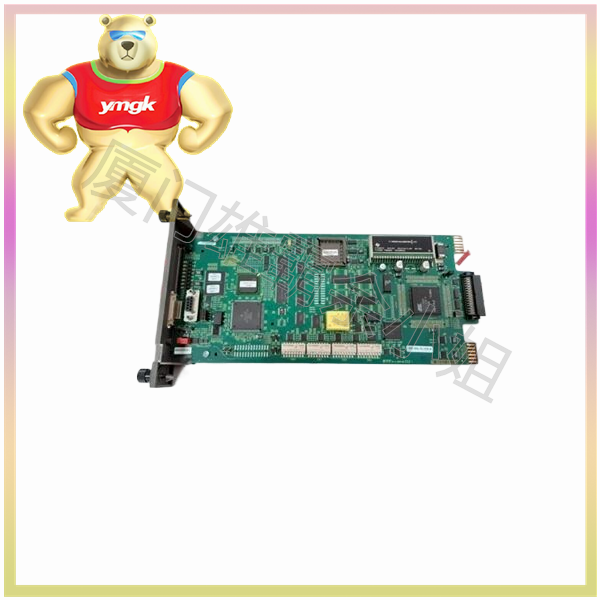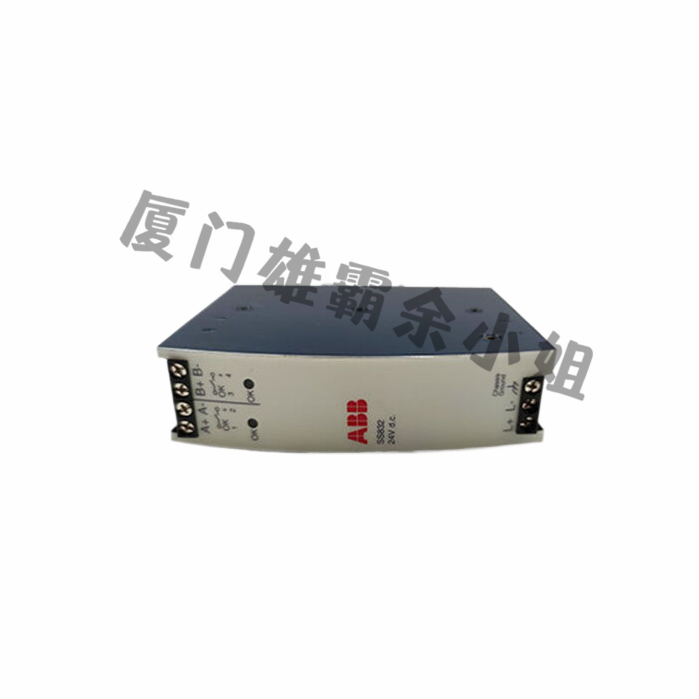A closed-loop servo control system is an automated control system with high precision, high response speed, and high stability, widely used in industrial automation, robotics technology, aerospace, precision instruments, and other fields. This article will provide a detailed introduction to the principles, characteristics, composition, design methods, and application examples of closed-loop servo control systems.
1、 Principle of closed-loop servo control system
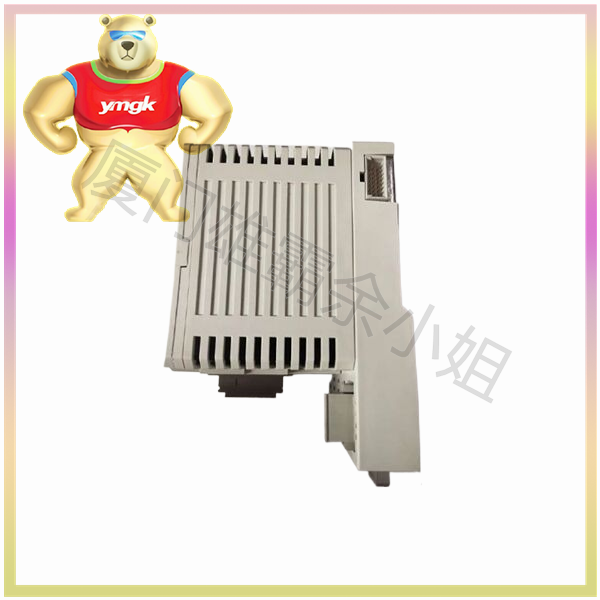
Definition of servo system
A servo system is an automatic control system that can automatically adjust the output signal according to changes in the input signal to achieve predetermined goals. Servo systems typically consist of controllers, actuators, sensors, and feedback loops.
Principle of closed-loop control
A closed-loop servo control system is a typical closed-loop control system, whose basic principle is to compare the output signal of the system with the expected input signal to obtain an error signal. Then, the error signal is processed by the controller to generate a control signal, which drives the actuator to adjust and make the output signal of the system as close as possible to the expected input signal.
Principle of servo control
The core of a servo control system is the servo motor, which is an actuator capable of converting electrical signals into mechanical motion. A servo motor typically consists of a motor, encoder, driver, and controller. The working principle of a servo motor is that the controller receives an input signal, converts it into a control signal, and controls the speed and direction of the motor through the driver. The motor drives the load to move, and the encoder detects the speed and position of the motor in real time. The detected signal is fed back to the controller, and the controller adjusts the control signal based on the error between the feedback signal and the input signal, so that the output of the motor is consistent with the input signal.

